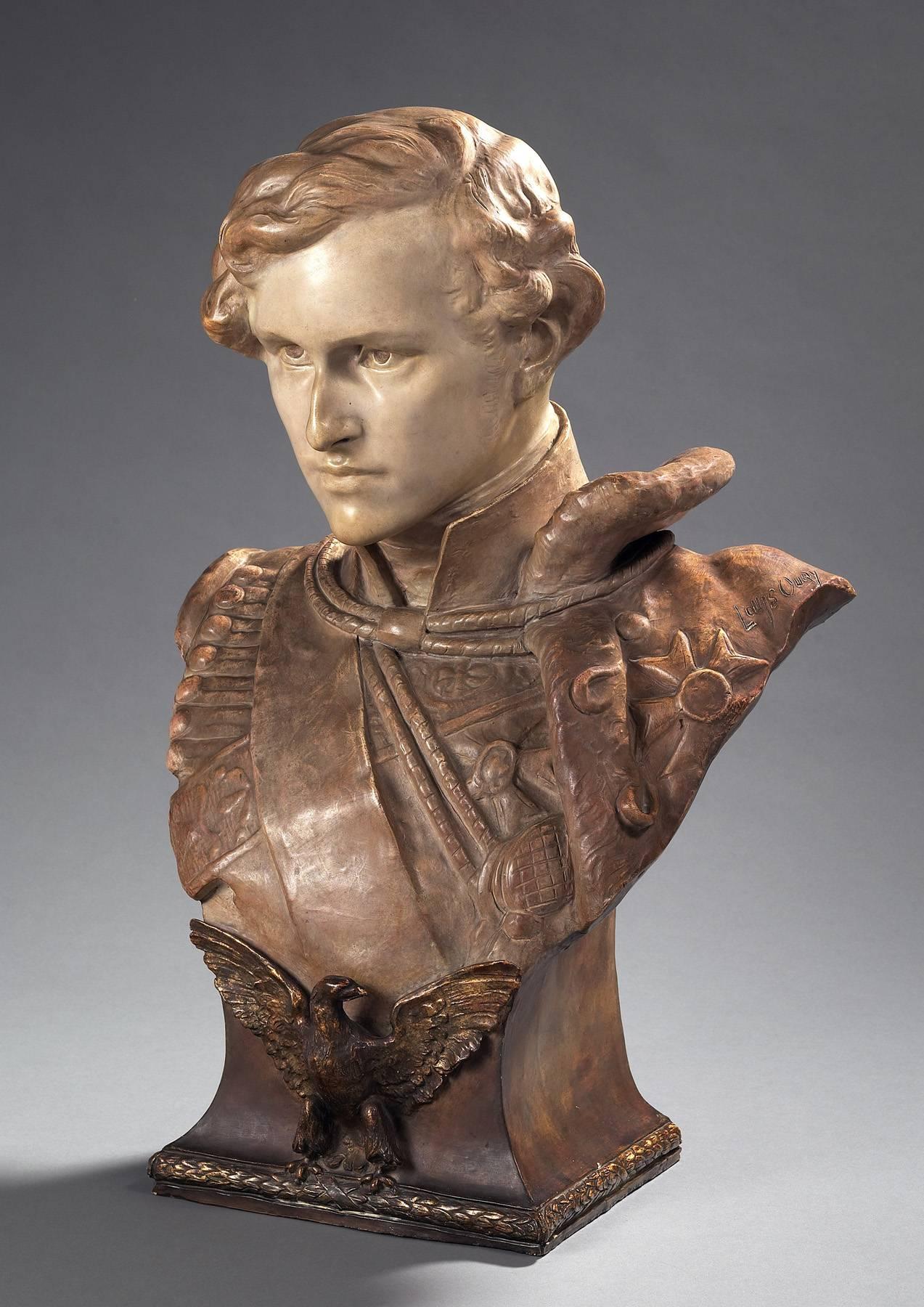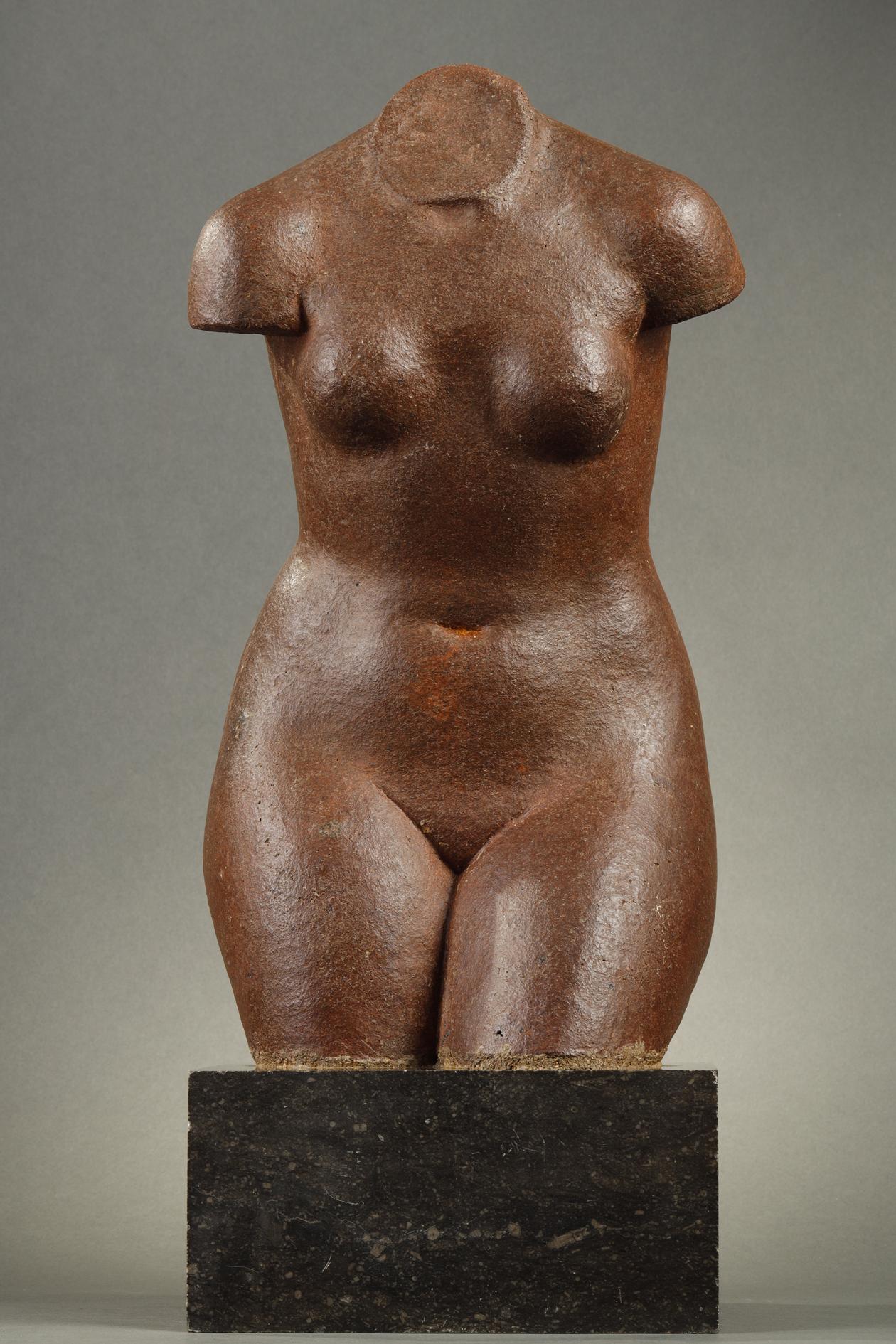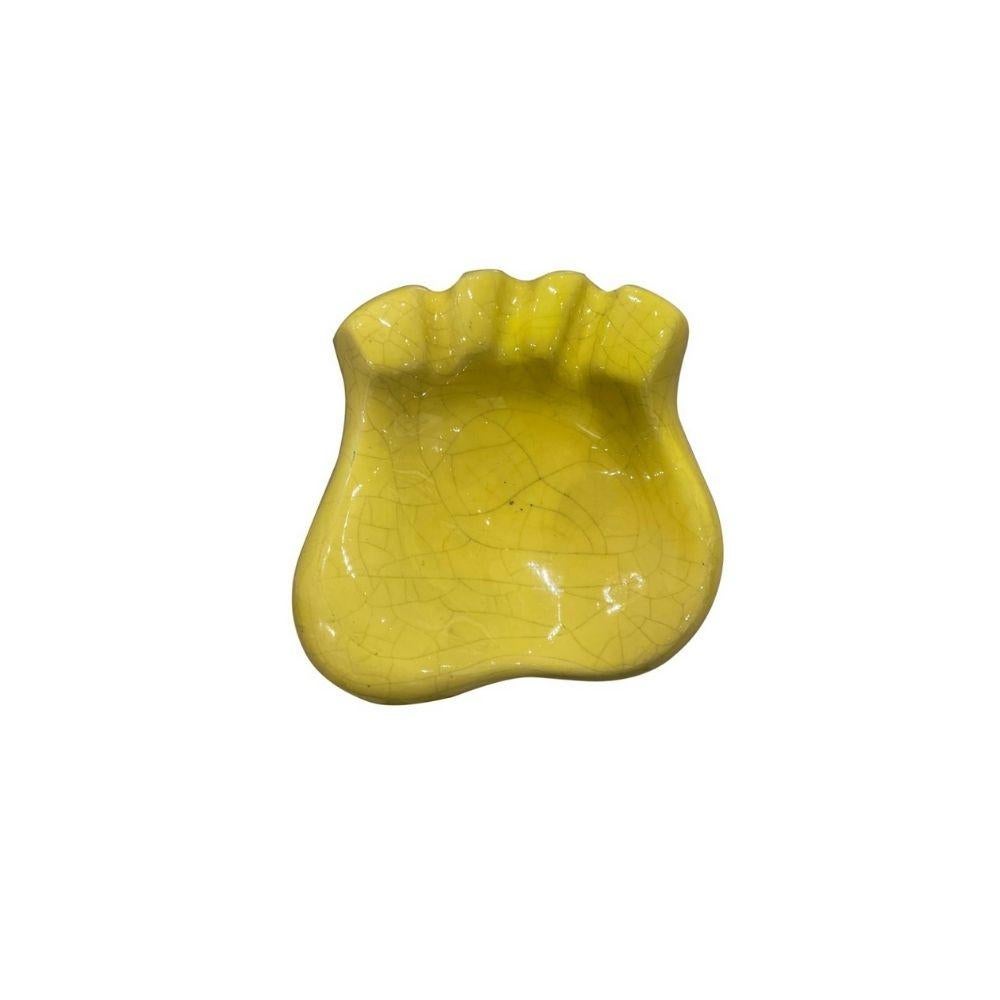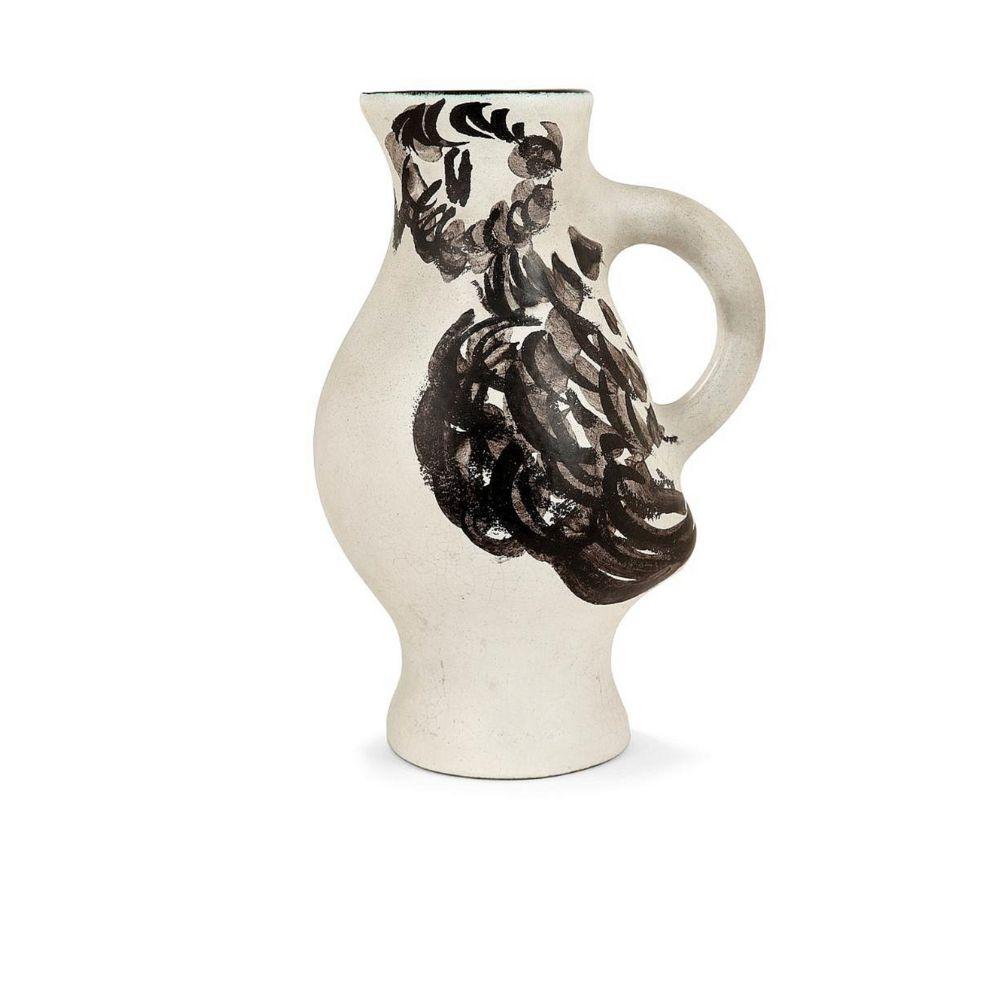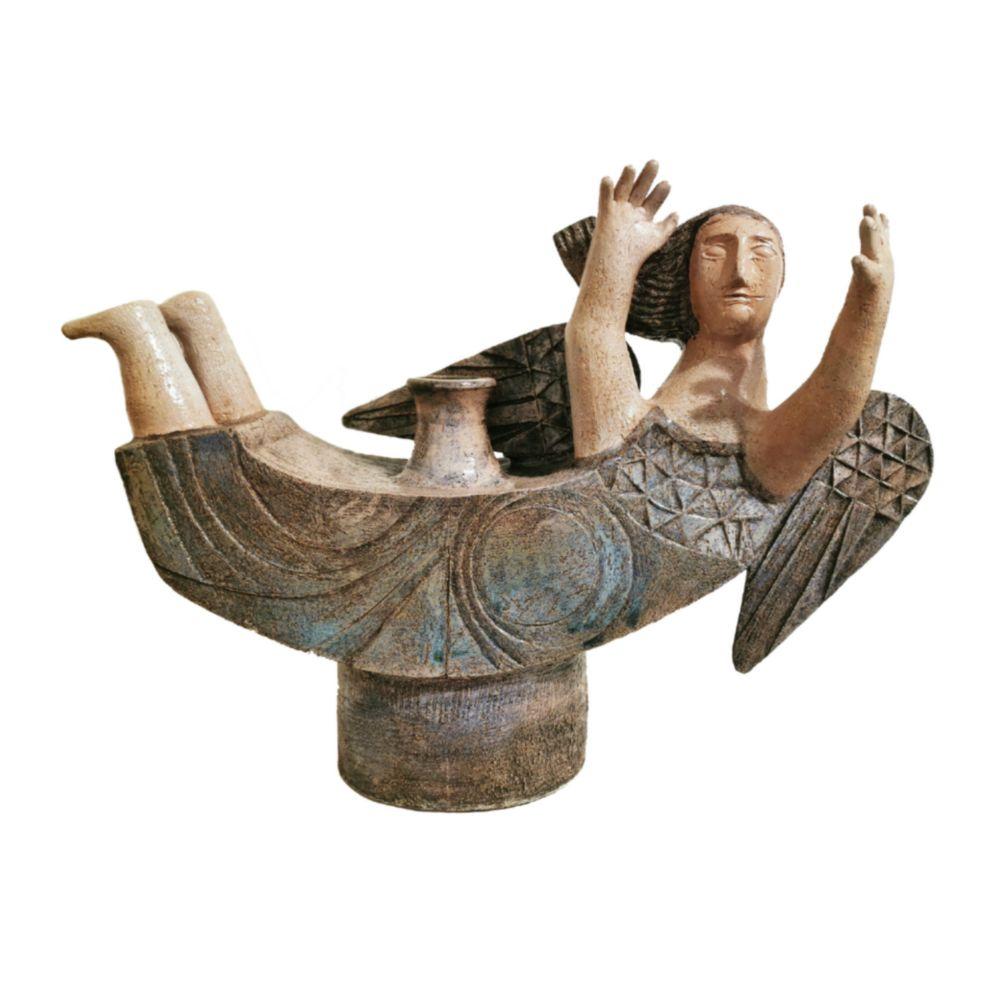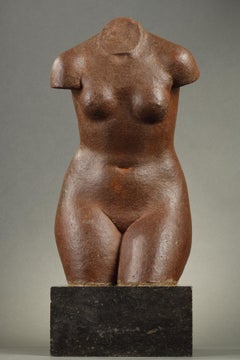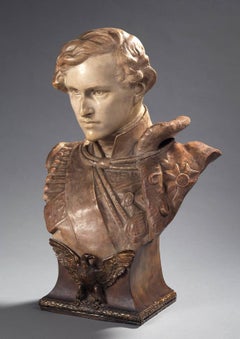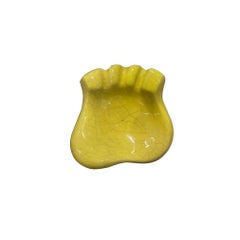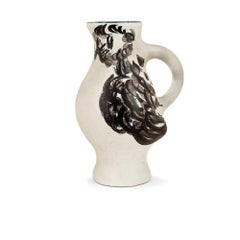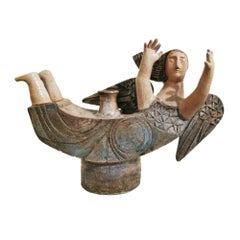Want more images or videos?
Request additional images or videos from the seller
1 of 16
Jean-Baptiste Carpeaux (1827-1875)La Rieuse napolitainecirca 1875
circa 1875
About the Item
La Rieuse napolitaine
(The Laughing Neapolitan Woman)
by Jean-Baptiste CARPEAUX (1827-1875)
Bust in terra cotta, in "Propriété Carpeaux"
Signed on the side " JBte Carpeaux "
Marked with the stamp ‘Propriété Carpeaux’ with the Imperial Eagle mark.
Made during Carpeaux' lifetime or shortly after his death
France
circa 1875
height 49,5 cm
width 30 cm
A similar model is reproduced in « Jean-Baptiste Carpeaux sculpteur, catalogue raisonné de l’œuvre édité », Exposition du Musée des Beaux-Arts de Carcassonne, 2003, page 149.
Biography :
Jean-Baptiste Carpeaux (1827-1875) grew up in a modest family of workers in Valenciennes. He liked to draw and wanted to study sculpture against the will of his father. At the Academy of the city, he followed René Fache's sculpture classes and Bernard's architecture classes. Arrived in Paris in 1838 with his family, Carpeaux received a first training in drawing and modeling at the Little School. In 1844, he entered the School of Fine Arts in Paris in the studio of François Rude. Ten years later, he won the Prix de Rome. His arrival in the Italian capital was deferred for a year, the artist having to complete several orders. Carpeaux moved to the villa Medici in January 1856 and studied the great masters: Raphael, Michelangelo. He travelled to Italy where he drew his taste for movement and spontaneity. From his Italian stay, he sculpted three shipments, the Little Pouter, the Fisherman with the shell and his Ugolin surrounded by his four children.
In 1862, as he returned to Paris, Carpeaux was introduced to the imperial court by his friend and patron, Eugene Halwin Piennes, soon chamberlain of the Empress. He sculpted the same year a bust of Princess Mathilde whom allowed him to obtain several orders from the Emperor Napoleon III. But each of his works, in which his naturalist conceptions and his desire to recreate the movement inspired by the Baroque style, were the subject of controversy. Carpeaux took part in the exterior decoration of the Flore pavilion at the Louvre Palace (The Triumph of Flora, considered too sensual), and the opera newly built by Garnier, with a high relief La Danse, indignant to the public by his freedom and his realism.
He collaborated with the architect Gabriel Davioud for his latest work, the Fountain of the Four Parts of the World, also known as Fontaine de l'Observatoire in Paris. The last years of his life were dark. The war and the defeat of 1870 dried up the orders. At the same time, Carpeaux developed, with respect to his wife, an unhealthy jealousy that led to the separation of the couple in 1874. Under the influence of his parents, short of money, he abandoned the direction of his workshop to his brother. In 1875, he died at the age of forty-eight, after a terrible suffering due to bladder cancer. Jean-Baptiste Carpeaux, very attached to his hometown, bequeathed part of his works to the Museum of Fine Arts of Valenciennes.
- Creator:Jean-Baptiste Carpeaux (1827-1875) (1827 - 1875, French)
- Creation Year:circa 1875
- Dimensions:Height: 19.49 in (49.5 cm)Width: 11.82 in (30 cm)Depth: 11.82 in (30 cm)
- Medium:
- Movement & Style:
- Period:
- Condition:
- Gallery Location:PARIS, FR
- Reference Number:Seller: N.X1stDibs: LU2514214046622
Jean-Baptiste Carpeaux (11 May 1827 – 12 October 1875) was a French sculptor and painter during the Second Empire under Napoleon III. Life Born in Valenciennes, Nord, son of a mason, his early studies were under François Rude.Carpeaux entered the École des Beaux-Arts in 1844 and won the Prix de Rome in 1854, and moving to Rome to find inspiration, he there studied the works of Michelangelo, Donatello and Verrocchio. Staying in Rome from 1854 to 1861, he obtained a taste for movement and spontaneity, which he joined with the great principles of baroque art. Carpeaux sought real life subjects in the streets and broke with the classical tradition. Carpeaux debuted at the Salon in 1853 exhibiting La Soumission d'Abd-el-Kader al'Empereur, a bas-relief in plaster that did not attract much attention. Carpeaux was an admirer of Napoléon III and followed him from city to city during Napoléon's official trip through the north of France. After initially not making any contact with the emperor, he finally succeeded in arranging a face-to-face encounter at Amiens where he managed to convince Napoléon to commission a marble statue that was to be carried out by a practitioner, Charles Romain Capellaro. Carpeaux soon grew tired of academicism and became a wanderer on the streets of Rome. He spent free time admiring the frescoes of Michelangelo at the Sistine Chapel. Carpeaux said, "When an artist feels pale and cold, he runs to Michelangelo in order to warm himself, as with the rays of the sun". While a student in Rome, Carpeaux submitted a plaster version of Pêcheur napolitain à la coquille, the Neapolitan Fisherboy, to the French Academy. He carved the marble version several years later, showing it in the Salon exhibition of 1863. It was purchased for Napoleon III's empress, Eugénie. The statue of the young smiling boy was very popular, and Carpeaux created a number of reproductions and variations in marble and bronze. There is a copy, for instance, in the Samuel H. Kress Collection in the National Gallery of Art in Washington, D.C. Some years later, he carved the Girl with a Shell, a similar study. In 1861, he made a bust of Princess Mathilde, and this later brought him several commissions from Napoleon III. Then in 1866, he established his own atelier in order to reproduce and make work on a grander scale. In 1866, he was made chevalier of the Legion of Honour. He employed his brother as the sales manager and made a calculated effort to produce work that would appeal to a larger audience.[3] On 12 October 1875, he died at George Barbu Știrbei's château in Bécon-les-Bruyères, outside Courbevoie. Among his students were Jules Dalou, Jean-Louis Forain and the American sculptor Olin Levi Warner.
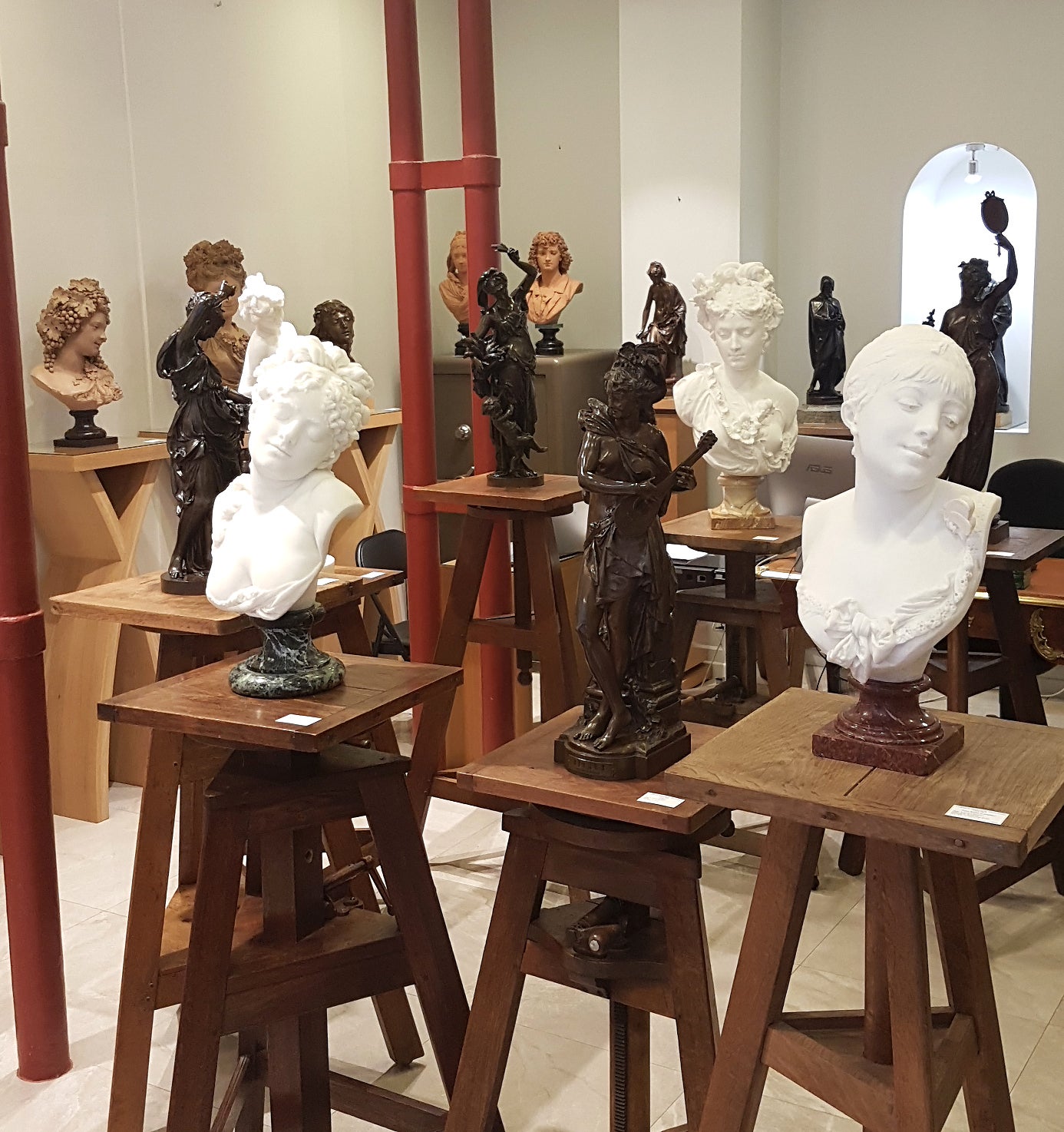
About the Seller
5.0
Recognized Seller
These prestigious sellers are industry leaders and represent the highest echelon for item quality and design.
Established in 1992
1stDibs seller since 2023
7 sales on 1stDibs
Typical response time: 1 to 2 days
- ShippingRetrieving quote...Shipping from: PARIS, France
- Return Policy
Authenticity Guarantee
In the unlikely event there’s an issue with an item’s authenticity, contact us within 1 year for a full refund. DetailsMoney-Back Guarantee
If your item is not as described, is damaged in transit, or does not arrive, contact us within 7 days for a full refund. Details24-Hour Cancellation
You have a 24-hour grace period in which to reconsider your purchase, with no questions asked.Vetted Professional Sellers
Our world-class sellers must adhere to strict standards for service and quality, maintaining the integrity of our listings.Price-Match Guarantee
If you find that a seller listed the same item for a lower price elsewhere, we’ll match it.Trusted Global Delivery
Our best-in-class carrier network provides specialized shipping options worldwide, including custom delivery.More From This Seller
View AllTorso of a Woman
Located in PARIS, FR
Torso of a Woman
by Marcel GIMOND (1894-1961)
Avery fine nuanced brown chamotte sandstone sculpture
raised on a dark grey marble base
signed on the arm with the monogram "MG" for Marcel Gimond
inscribed with the monogram "GS" for Georges Serré
stamped by the galerie Rouard
France
1927
total height 50 cm
width 20,5 cm
depth 20 cm
After a model by Marcel Gimond, this bust was made in 1927 by Georges Serré at the Manufacture de Sèvres, sold exclusively by the Rouard Gallery, and exhibited the same year at the Paris Fall Fair (Salon d'Automne).
Reproduced in "Sculpteurs nouveaux, Marcel Gimond", Paul Fierens, Nrf, 1930, cover.
Biographies :
Marcel Gimond (1894-1961) was a French sculptor. He studied in Lyon, then at the School of Fine Arts in Lyon where he graduated in 1917. Finally he arrived in Paris the same year and settled in Marly-Le-Roi. Student of Aristide Maillol, he also met Raoul Dufy and Auguste Renoir. Gimond worked with Maillol until 1920, and left him to settle in Paris and regain his independence. He then moved into Renoir's former studio, made available by Jean Renoir. He exhibited at the Salon des Indépendants and the Salon d'Automne in 1922. In 1940, Gimond left Paris to settle in the South zone, in Lyon, then in Aix en Provence; He spent his summers at Saint-Félicien, at the house of poet Charles Forot.
At the Liberation, in 1944, he returned to Paris and his workshop rue Ordener, he left only a few months before his death. From 1946 to 1960, he directed a workshop at the Ecole des Beaux-Arts in Paris. Marcel Gimond was known for his busts of political and artistic personalities. He also owed two bas-reliefs located in the lobby of the newspaper "L'Humanité", in tribute to Marcel Cachin and Gabriel Péri.
Georges Serré (1889-1956) was a French ceramist. He worked at the Sèvres factory until 1914, when he was mobilized to go to war. He then went to Indochina where he taught ceramics at the art school of Bien-hoa for five years. On his return to France, he moved to Sèvres, rue Brongniart, but encountered difficulties in producing his works, until the intervention of the ceramist Emile Decoeur who obtained him help to build an oven for firing his ceramics. It was Georges Rouard and his gallery located on avenue de l'Opéra in Paris, who had noticed him at the International Exhibition of Modern Decorative and Industrial Arts of 1925, which presented him during his "exhibitions of contemporary French artisans".
Georges Serré's taste for these sandstones came to him, among other things, from Khmer sculptures...
Category
1920s French School Figurative Sculptures
Materials
Terracotta
Parrotlet
Located in PARIS, FR
Parrotlet
by Armand PETERSEN (1891-1969) & SEVRES Manufacture
Sculpture in white paste porcelain
Signed « A. Petersen »
Old edition artwork. Stamped by the porcelain manufacture of ...
Category
1930s French School Figurative Sculptures
Materials
Porcelain
The Three Graces
Located in PARIS, FR
The Three Graces
by Alfred JANNIOT (1889-1969)
A bronze group with a nuanced brownish green patina
Signed on the side of the base "A. Janniot"
Cast by "Susse fondeur Paris" (inscrib...
Category
Mid-20th Century French School Figurative Sculptures
Materials
Bronze
Theseus and the Minotaur
By Baltasar Lobo
Located in PARIS, FR
Theseus and the Minotaur
by Baltasar LOBO (1910-1993)
A bronze group with a greenish dark brown patina
Signed at the lower backside " Lobo "
Cast by " Susse Fondeur Paris " (with th...
Category
1970s French School Figurative Sculptures
Materials
Bronze
Walking Stag
By Antoine-Louis Barye
Located in PARIS, FR
Walking Stag No.2
by Antoine-Louis BARYE (1796-1875)
A bronze sculpture with a nuanced brown patina
Signed on the base " Barye "
Probably cast by " Brame "
France
circa 1880
heig...
Category
1880s French School Figurative Sculptures
Materials
Bronze
"Charity" also known as "Motherhood"
By Aimé-Jules Dalou
Located in PARIS, FR
"Charity"
also known as "Motherhood"
by Aimé-Jules DALOU (1838-1902)
A beautiful bronze group sculpture with a nuanced dark brown patina
Signed on the base "Dalou"
A very fine cas...
Category
Late 19th Century French School Figurative Sculptures
Materials
Bronze
You May Also Like
L'Aiglon
By Louis Oury
Located in Paris, FR
Louis Oury (1867 - 1940)
L’Aiglon, 1899
Terracotta with polychromatic patina
Signed on the shoulder and Seal from Goldscheider on the reverse
Dimensions : 65 x 40 x 30 cm (25 x 15 3/...
Category
19th Century French School Figurative Sculptures
Materials
Terracotta
$32,366
Patte d'ours et Pied fumeur Matthieu Mategot
By Georges Jouve
Located in PARIS, FR
Bear paws in glazed and cracked ceramic
PIED FUMEUR BY MATHIEU MATEGOT
Lacquered metal and rattan base
7 x 18 x 18 cm (Paw) 55 x 32 x 30 cm (Smoking Foot) 63 x 32 cm (Set)
Category
1950s French School Figurative Sculptures
Materials
Metal
Pichet dit chouette
By Georges Jouve
Located in PARIS, FR
Georges JOUVE (1910-1964) Earthenware zoomorphic pitcher, decorated with black and gray plumage on a white ground, black metallic interior, opening border animated by a green fillet....
Category
1950s French School Figurative Sculptures
Materials
Ceramic
Princesse Europa
Located in PARIS, FR
Unique piece,
Signed
Category
Early 2000s French School Figurative Sculptures
Materials
Ceramic
Patte d'ours et Pied fumeur Matthieu Mategot
By Georges Jouve
Located in PARIS, FR
Bear paws in glazed and cracked ceramic
PIED FUMEUR BY MATHIEU MATEGOT
Lacquered metal and rattan base
7 x 18 x 18 cm (Paw) 55 x 32 x 30 cm (Smoking Foot) 63 x 32 cm (Set)
Category
1950s French School Figurative Sculptures
Materials
Metal
Sculpture Femme à la Jarre
Located in PARIS, FR
Unique Piece,
Signed
Category
20th Century French School Figurative Sculptures
Materials
Ceramic
Recently Viewed
View AllMore Ways To Browse
1870 War
Model 1879
Fountain Woman
Imperial Eagle
Terracotta Baroque
Antique Architectural Terracotta
Emperor Empress Art
Terra Cotta Bust
Model 149
Eagle Children
Francois Gabriel
Terra Cotta Woman
French Imperial Eagle
Jean Baptiste Carpeaux
Francois Rude
Francois Garnier
Napoleon Terracotta Bust
Terra Cotta Fountain
